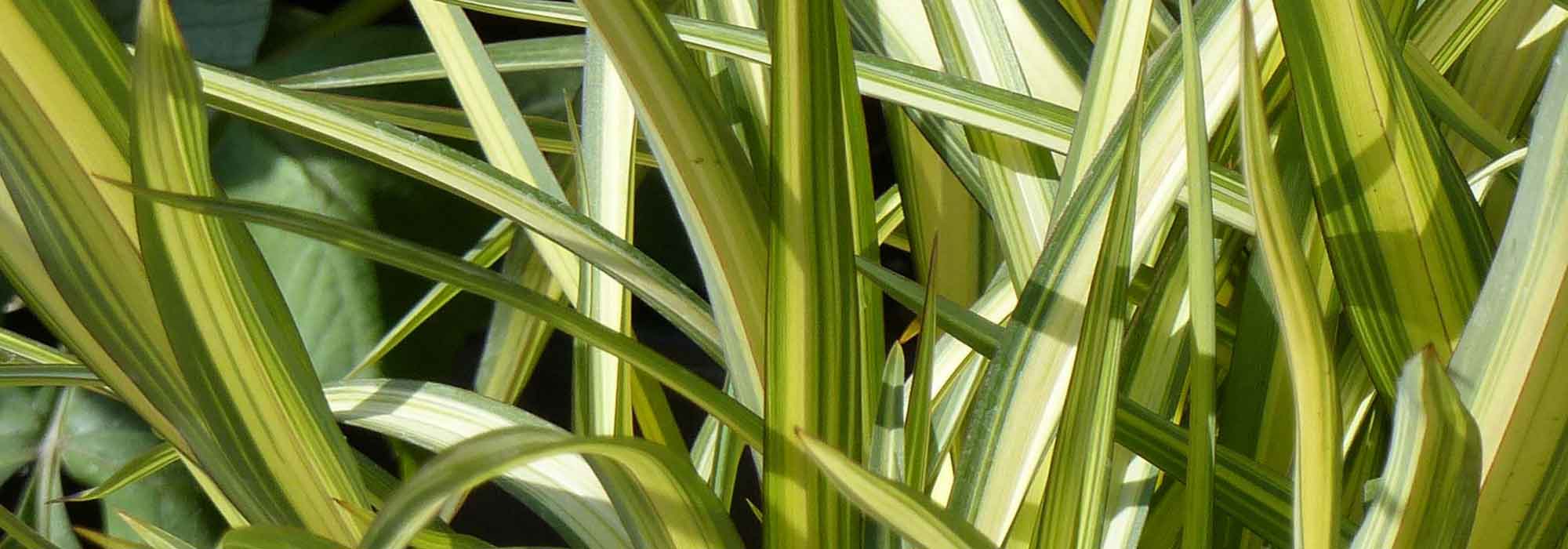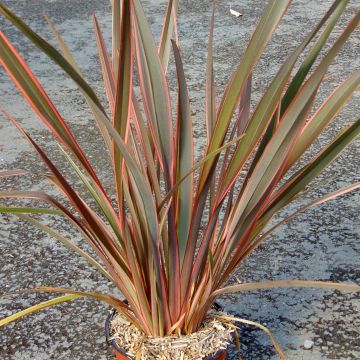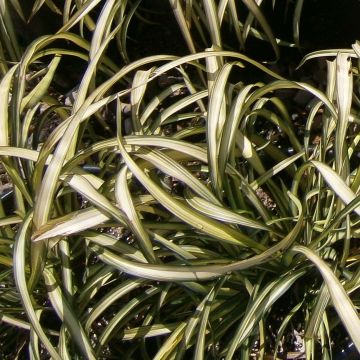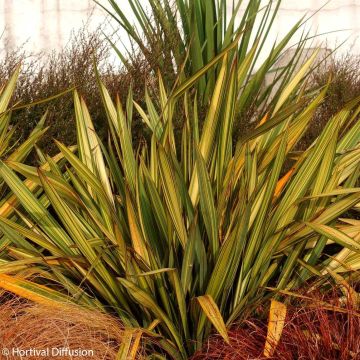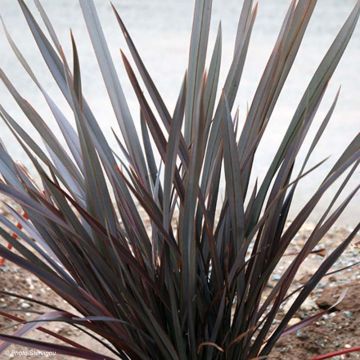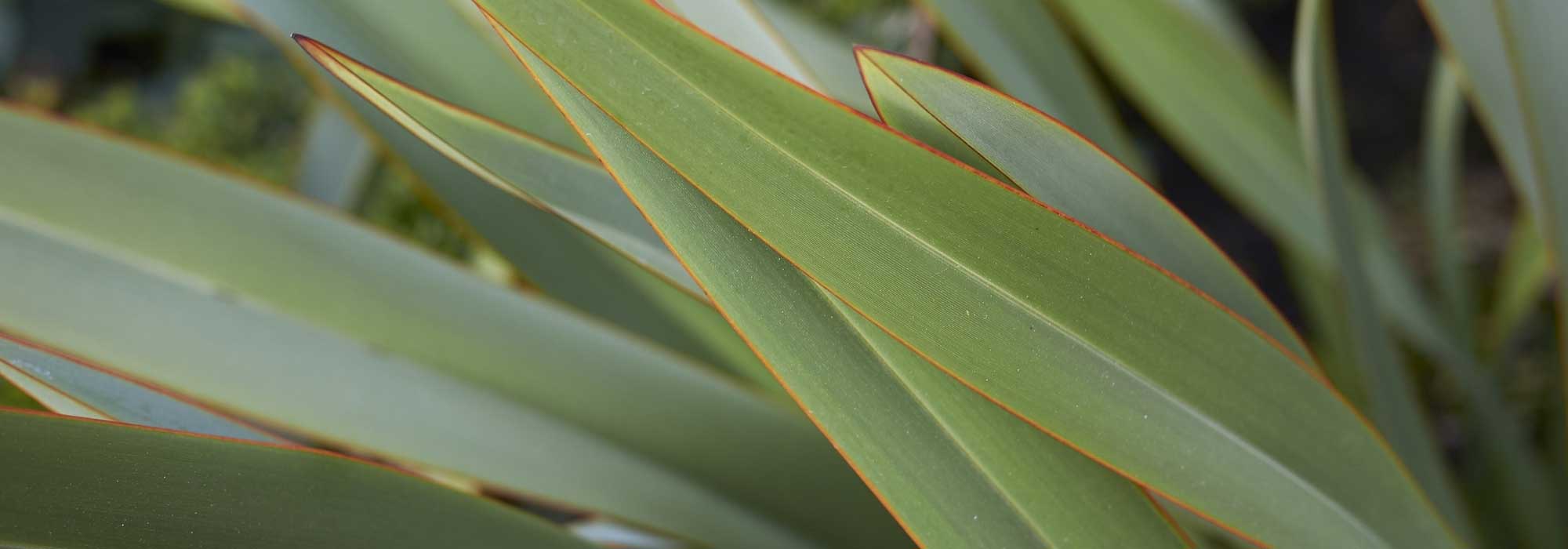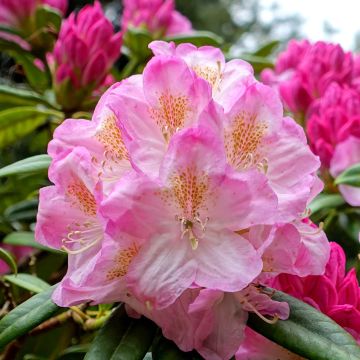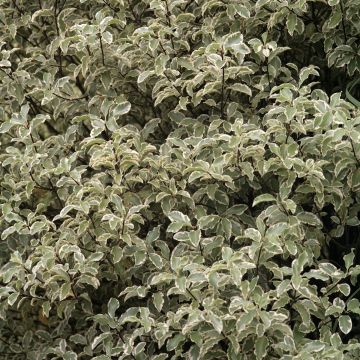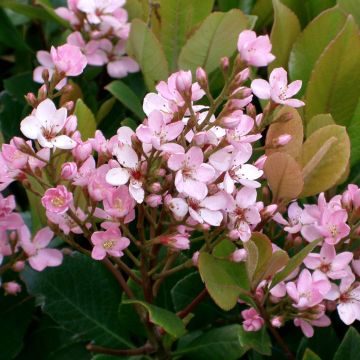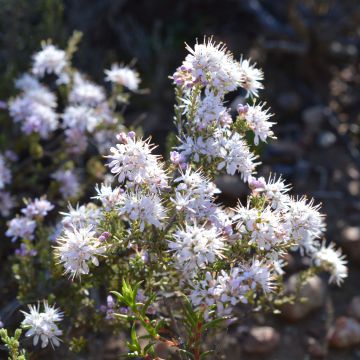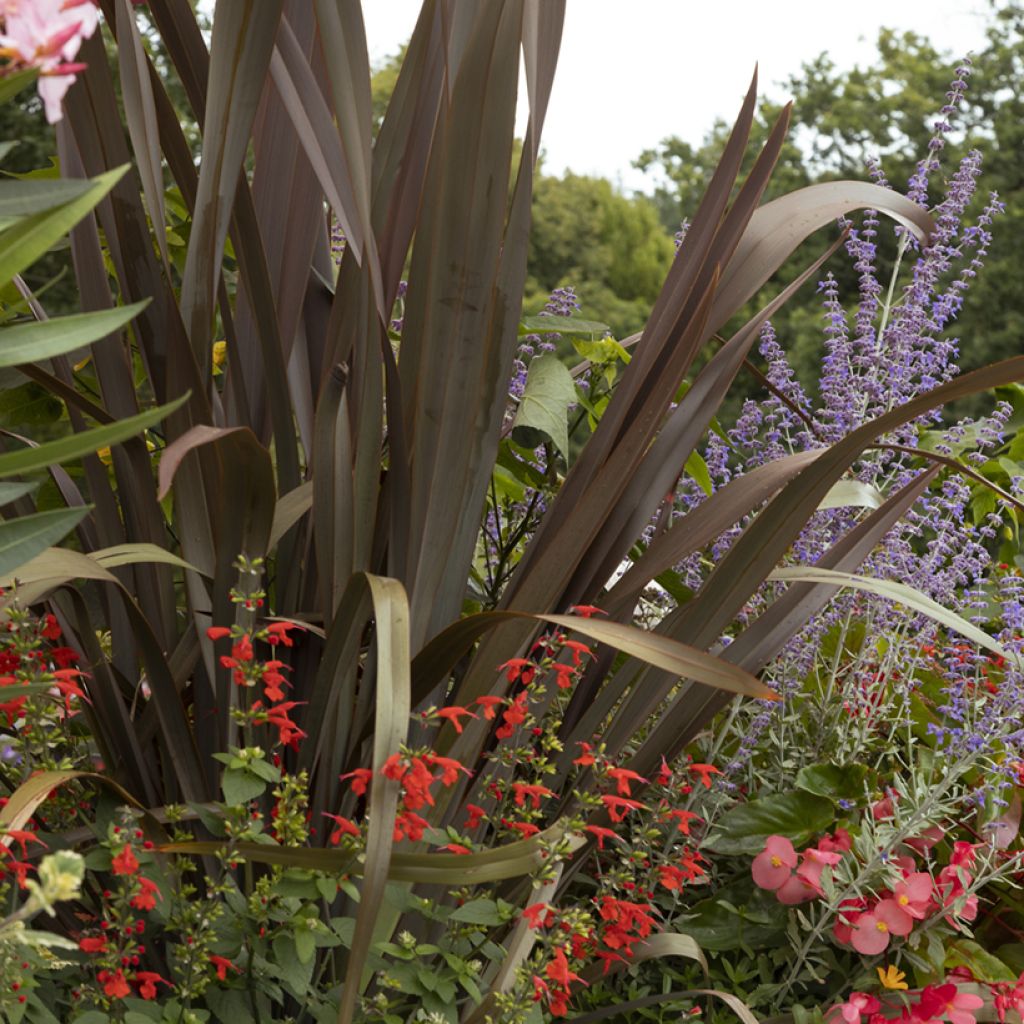

Phormium tenax Purpureum - New Zealand Flax
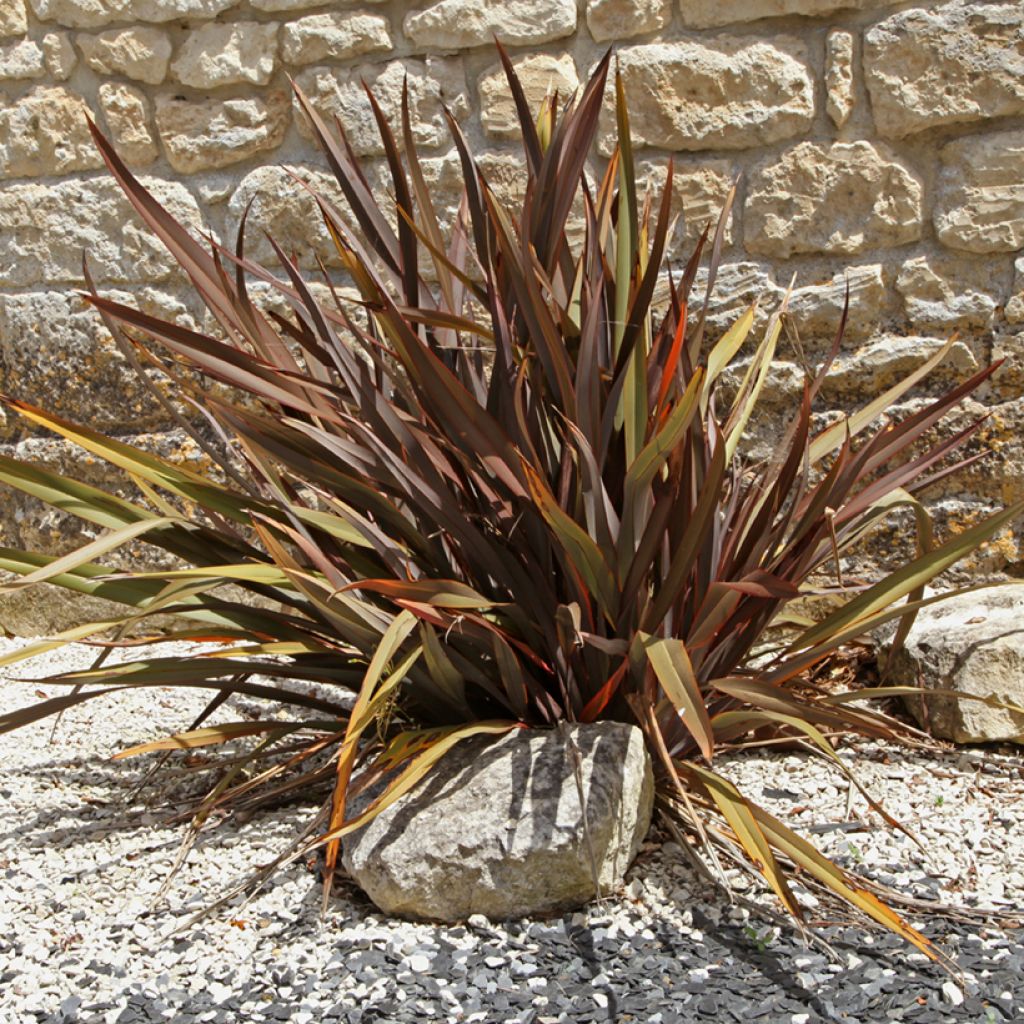

Phormium tenax Purpureum - New Zealand Flax
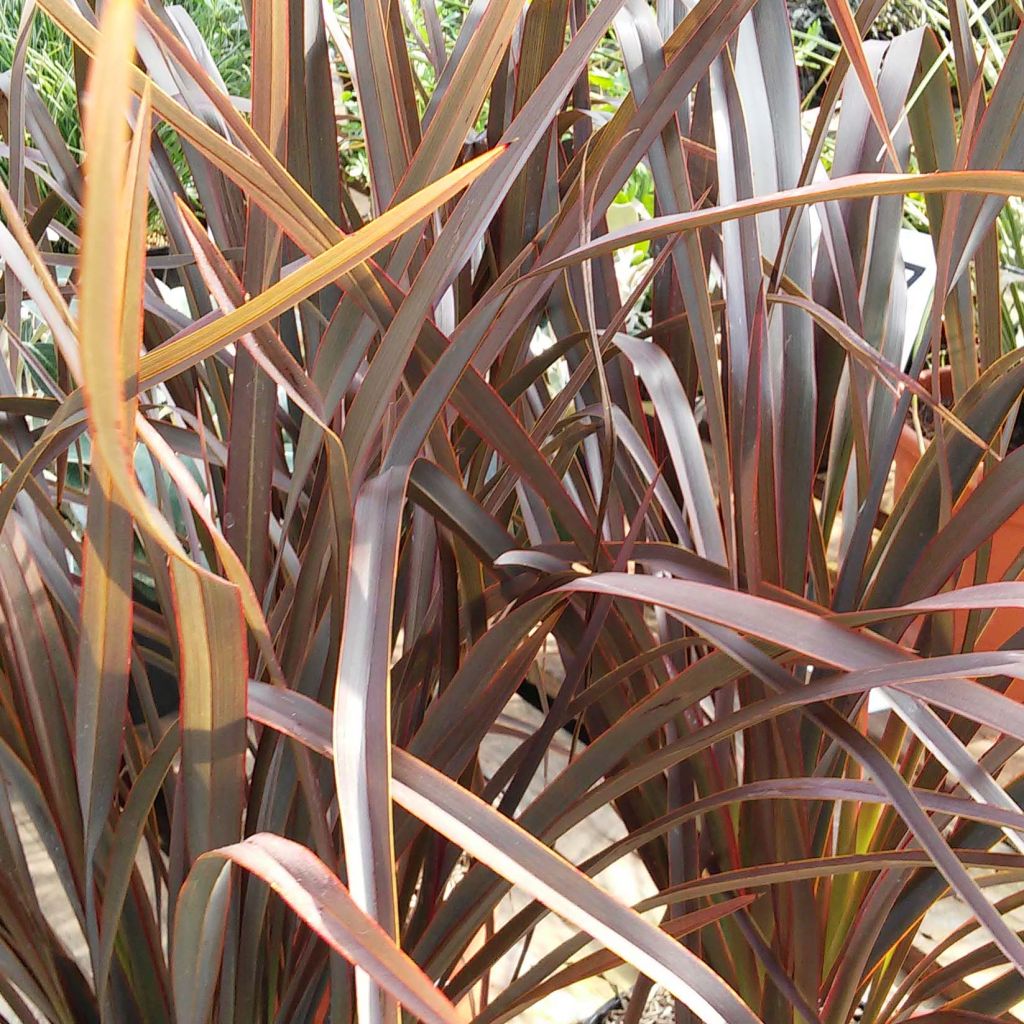

Phormium tenax Purpureum - New Zealand Flax
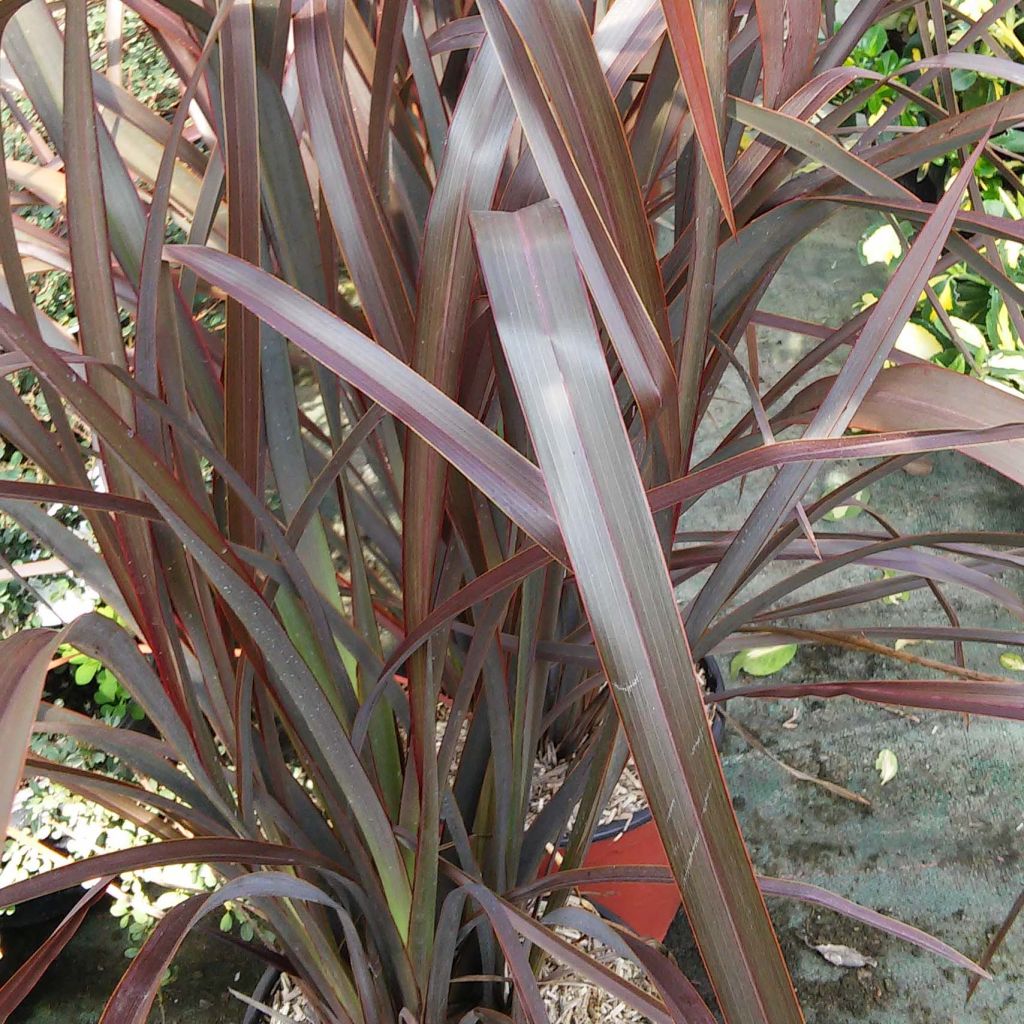

Phormium tenax Purpureum - New Zealand Flax
Phormium tenax Purpureum - New Zealand Flax
Phormium tenax Purpureum
New Zealand Flax, Flax Lily
Planted in Oct 21 in a 130-litre pot, full sun. First flowering this month of May 24. Small inconvenience upon reception, mealybug.
Joséphine , 21/05/2024
Special offer!
Receive a €20 voucher for any order over €90 (excluding delivery costs, credit notes, and plastic-free options)!
1- Add your favorite plants to your cart.
2- Once you have reached €90, confirm your order (you can even choose the delivery date!).
3- As soon as your order is shipped, you will receive an email containing your voucher code, valid for 3 months (90 days).
Your voucher is unique and can only be used once, for any order with a minimum value of €20, excluding delivery costs.
Can be combined with other current offers, non-divisible and non-refundable.
Home or relay delivery (depending on size and destination)
Schedule delivery date,
and select date in basket
This plant carries a 12 months recovery warranty
More information
We guarantee the quality of our plants for a full growing cycle, and will replace at our expense any plant that fails to recover under normal climatic and planting conditions.

Would this plant suit my garden?
Set up your Plantfit profile →
Description
The Phormium tenax Pupureum, a form with purplish foliage of the New Zealand Flax, forms a lush clump of linear and stiff foliage, with a satin finish marked by fine streaks, whose colour varies between bronze, purple and violet. In addition to its colour, this form is distinguished from the type by being less cold-resistant, especially in poorly drained soils. Dark, draped in almost violet foliage in summer, with a full and bold silhouette, it offers a very exotic touch to the garden, throughout the year, including during its summer flowering in upright spikes, also very dark in colour. This very beautiful perennial grows and enhances year after year in a wide range of soils, even dry in summer once it is well established. It can be planted with little maintenance in warmer climates or in a large pot to be stored in colder regions.
The purple New Zealand Flax belongs to the agave family. It is the largest and hardiest of the two New Zealand species. More adapted than P. cookianum to sporadically dry soils once well established, P. tenax is a widely spread plant in its country of origin, where it colonises various environments and soils. This superb rhizomatous perennial with fleshy roots develops into a large non-spreading clump, composed of multiple rosettes. Each rosette consists of a bunch of folded leaves, overlapped in each other, forming perfect fans. With an upright and bushy habit, it reaches 2 to 3m (9 to 10 ft) in all directions, depending on growing conditions. The leaves are wide, up to 10cm (3.9 in) long, stiff, very long, leathery, pointed at their ends, often split in two at their ends. Their colour, purple tinged with bronze and copper in winter, becomes violet in summer when the plant is exposed to full sun. This plant flowers in summer, in the form of tall floral stems of 3 to 4m (13 to 14 ft) that appear from May to July, depending on the climate, overhanging the clump of foliage. They are blue-violet, and bear curved flower spikes, brown-red and yellow, red when ripe, in tube form. This nectar-rich flowering attracts certain birds and numerous pollinating insects. The flowering causes the death of the rosette, but triggers the birth of a new baby rosette that densifies the bush and allows it to spread laterally.
The Phormium tenax plants are adaptable but rather tender, especially the forms with dark foliage. Their use and chosen location must be carefully considered due to their significant growth and assertive personality. They can be easily cultivated in a large container to be stored in cold climates.
This botanical Phormium is a sturdy, undemanding plant with real ornamental value. It is perfect for large beds or large rockeries in mild climates, even in direct exposure to sea spray. Used as a standalone plant or planted in groups by combining several varieties with various colours, it structures the space and brings verticality and exoticism to even the humblest decor. It will be enhanced by ground cover plants with varied foliage such as ceraistes, Ajuga reptans, Frankenia laevis, Nepeta 'Six Hills Giant' or Artemisia alba, mixed with perennials like California Poppy and Delosperma cooperii. Like tall grasses, it is also a wonderful perennial for a modern garden with clean lines. In an urban garden, it softens concrete structures.
The Maoris use Phormiums as we use flax, for their fibres that are often used in the textile industry, which is where it gets its nickname 'New Zealand Flax'.
Phormium tenax Purpureum - New Zealand Flax in pictures
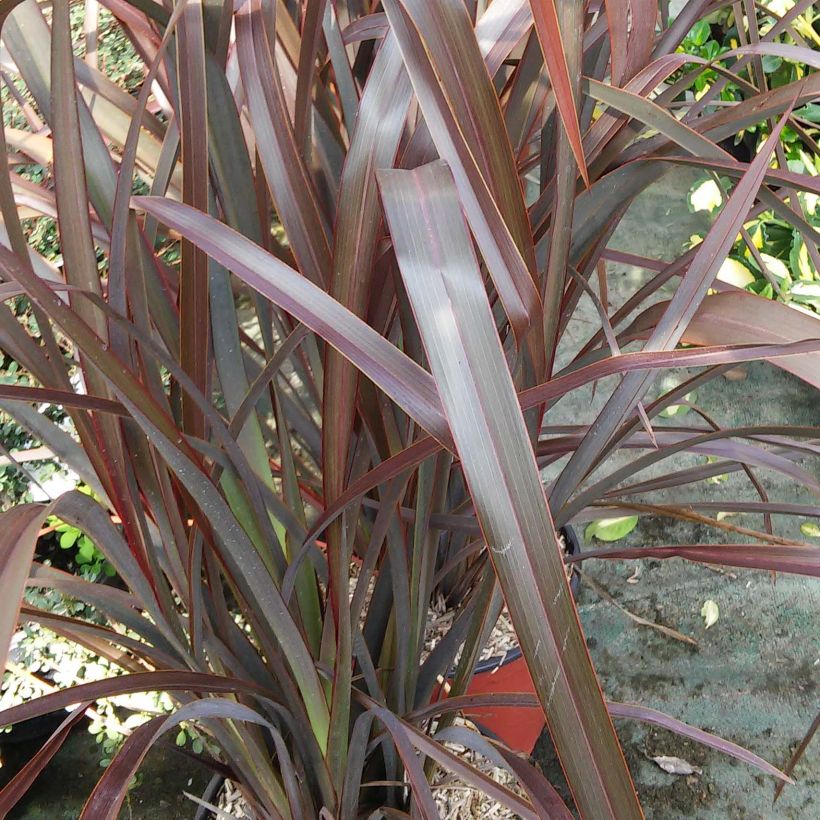

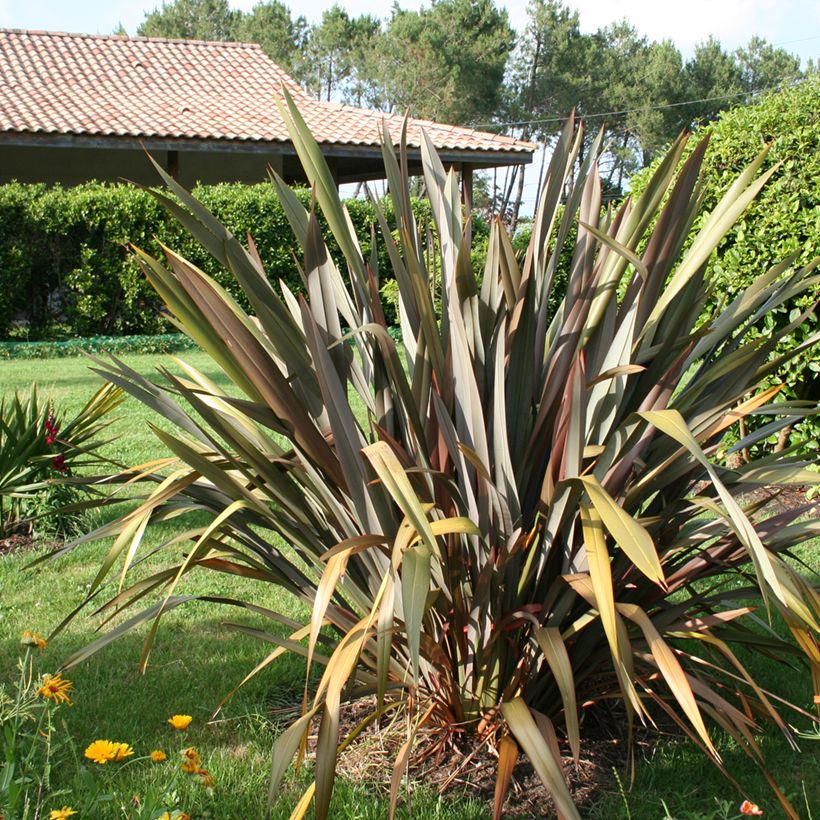

Flowering
Foliage
Plant habit
Botanical data
Phormium
tenax
Purpureum
Agavaceae
New Zealand Flax, Flax Lily
Cultivar or hybrid
Other Phormium
View all →Planting and care
The Phormium tenax Purpureum is a hardy plant that will mainly be grown in open ground in regions where frosts, of short duration, do not drop below -7/-8°C. Everywhere else, pot cultivation is more suitable, which will allow it to overwinter, protected from frost, in a cool and bright room.
Plant your Phormium in a container or large pot with the bottom lined with gravel, pottery shards, or clay balls. The mixture it is planted in should be fertile and well-draining (1/3 leaf compost, 1/3 compost, and 1/3 ordinary garden soil, enriched with a handful of blood, fish and bone). Place the plant in full sun. Water generously during the growing season so that the soil never completely dries out. Feed the plant with organic fertiliser diluted in water once a month. In winter, reduce watering and fertilising, and let the soil dry out superficially between waterings.
Open ground cultivation:
In regions where the climate is mild and frosts are light and short-lived, plant the Phormium in open ground, in the sun, in a loose, well-draining, deep, and fertile soil. In summer, make sure the plant does not lack water, especially in the first few summers. In winter, it can rely on rainwater. In hot and dry areas, watering every 15 days is sufficient. In a more rainy and temperate climate, let nature take its course.
In the event of severe frost, add a thick mulch at the base of the plant and cover it with horticultural fleece. Although the plant is capable of starting again from the ground up in spring, it will soon run out of steam forming new leaves that have been cut back every year, and will never reach its full height and giant grass-like appearance, which is its main attraction.
The Phormium tenax and its varieties are generally easier to cultivate and less demanding on the nature of the soil than plants derived from P. cookianum, contrary to what is sometimes read. A deep and well-draining soil, ordinary but lightened with gravel or coarse sand, will be perfectly suitable. It is also worth noting that P. tenax tolerates periods of drought better than its cousin cookianum. It is therefore more suitable in hot climates, even though the lack of water affects its naturally slow growth.
Planting period
Intended location
Care
Planting & care advice
-
, onOrder confirmed
Reply from on Promesse de fleurs
Similar products
Haven't found what you were looking for?
Hardiness is the lowest winter temperature a plant can endure without suffering serious damage or even dying. However, hardiness is affected by location (a sheltered area, such as a patio), protection (winter cover) and soil type (hardiness is improved by well-drained soil).

Photo Sharing Terms & Conditions
In order to encourage gardeners to interact and share their experiences, Promesse de fleurs offers various media enabling content to be uploaded onto its Site - in particular via the ‘Photo sharing’ module.
The User agrees to refrain from:
- Posting any content that is illegal, prejudicial, insulting, racist, inciteful to hatred, revisionist, contrary to public decency, that infringes on privacy or on the privacy rights of third parties, in particular the publicity rights of persons and goods, intellectual property rights, or the right to privacy.
- Submitting content on behalf of a third party;
- Impersonate the identity of a third party and/or publish any personal information about a third party;
In general, the User undertakes to refrain from any unethical behaviour.
All Content (in particular text, comments, files, images, photos, videos, creative works, etc.), which may be subject to property or intellectual property rights, image or other private rights, shall remain the property of the User, subject to the limited rights granted by the terms of the licence granted by Promesse de fleurs as stated below. Users are at liberty to publish or not to publish such Content on the Site, notably via the ‘Photo Sharing’ facility, and accept that this Content shall be made public and freely accessible, notably on the Internet.
Users further acknowledge, undertake to have ,and guarantee that they hold all necessary rights and permissions to publish such material on the Site, in particular with regard to the legislation in force pertaining to any privacy, property, intellectual property, image, or contractual rights, or rights of any other nature. By publishing such Content on the Site, Users acknowledge accepting full liability as publishers of the Content within the meaning of the law, and grant Promesse de fleurs, free of charge, an inclusive, worldwide licence for the said Content for the entire duration of its publication, including all reproduction, representation, up/downloading, displaying, performing, transmission, and storage rights.
Users also grant permission for their name to be linked to the Content and accept that this link may not always be made available.
By engaging in posting material, Users consent to their Content becoming automatically accessible on the Internet, in particular on other sites and/or blogs and/or web pages of the Promesse de fleurs site, including in particular social pages and the Promesse de fleurs catalogue.
Users may secure the removal of entrusted content free of charge by issuing a simple request via our contact form.
The flowering period indicated on our website applies to countries and regions located in USDA zone 8 (France, the United Kingdom, Ireland, the Netherlands, etc.)
It will vary according to where you live:
- In zones 9 to 10 (Italy, Spain, Greece, etc.), flowering will occur about 2 to 4 weeks earlier.
- In zones 6 to 7 (Germany, Poland, Slovenia, and lower mountainous regions), flowering will be delayed by 2 to 3 weeks.
- In zone 5 (Central Europe, Scandinavia), blooming will be delayed by 3 to 5 weeks.
In temperate climates, pruning of spring-flowering shrubs (forsythia, spireas, etc.) should be done just after flowering.
Pruning of summer-flowering shrubs (Indian Lilac, Perovskia, etc.) can be done in winter or spring.
In cold regions as well as with frost-sensitive plants, avoid pruning too early when severe frosts may still occur.
The planting period indicated on our website applies to countries and regions located in USDA zone 8 (France, United Kingdom, Ireland, Netherlands).
It will vary according to where you live:
- In Mediterranean zones (Marseille, Madrid, Milan, etc.), autumn and winter are the best planting periods.
- In continental zones (Strasbourg, Munich, Vienna, etc.), delay planting by 2 to 3 weeks in spring and bring it forward by 2 to 4 weeks in autumn.
- In mountainous regions (the Alps, Pyrenees, Carpathians, etc.), it is best to plant in late spring (May-June) or late summer (August-September).
The harvesting period indicated on our website applies to countries and regions in USDA zone 8 (France, England, Ireland, the Netherlands).
In colder areas (Scandinavia, Poland, Austria...) fruit and vegetable harvests are likely to be delayed by 3-4 weeks.
In warmer areas (Italy, Spain, Greece, etc.), harvesting will probably take place earlier, depending on weather conditions.
The sowing periods indicated on our website apply to countries and regions within USDA Zone 8 (France, UK, Ireland, Netherlands).
In colder areas (Scandinavia, Poland, Austria...), delay any outdoor sowing by 3-4 weeks, or sow under glass.
In warmer climes (Italy, Spain, Greece, etc.), bring outdoor sowing forward by a few weeks.






























